Viburnum Hedge Spacing: How To Plant Viburnum For The Best Hedges
Viburnum can make beautiful hedges in addition to being a specimen planting. Learn how to best space viburnum for hedges and explore the best varieties.
- Which Varieties Are Best For Hedges?
- Arrowwood Viburnum
- Cinnamon-leaved Viburnum
- Laurustinus Viburnum
- Nannyberry Viburnum
- Snowball Viburnum
- Sweet Viburnum
- Picking The Right Spot For A Viburnum Hedge
- Determining The Best Spacing
- How To Plant Viburnum For Best Hedges
- Best Care For Healthy Viburnum Hedges
- Frequently Asked Questions
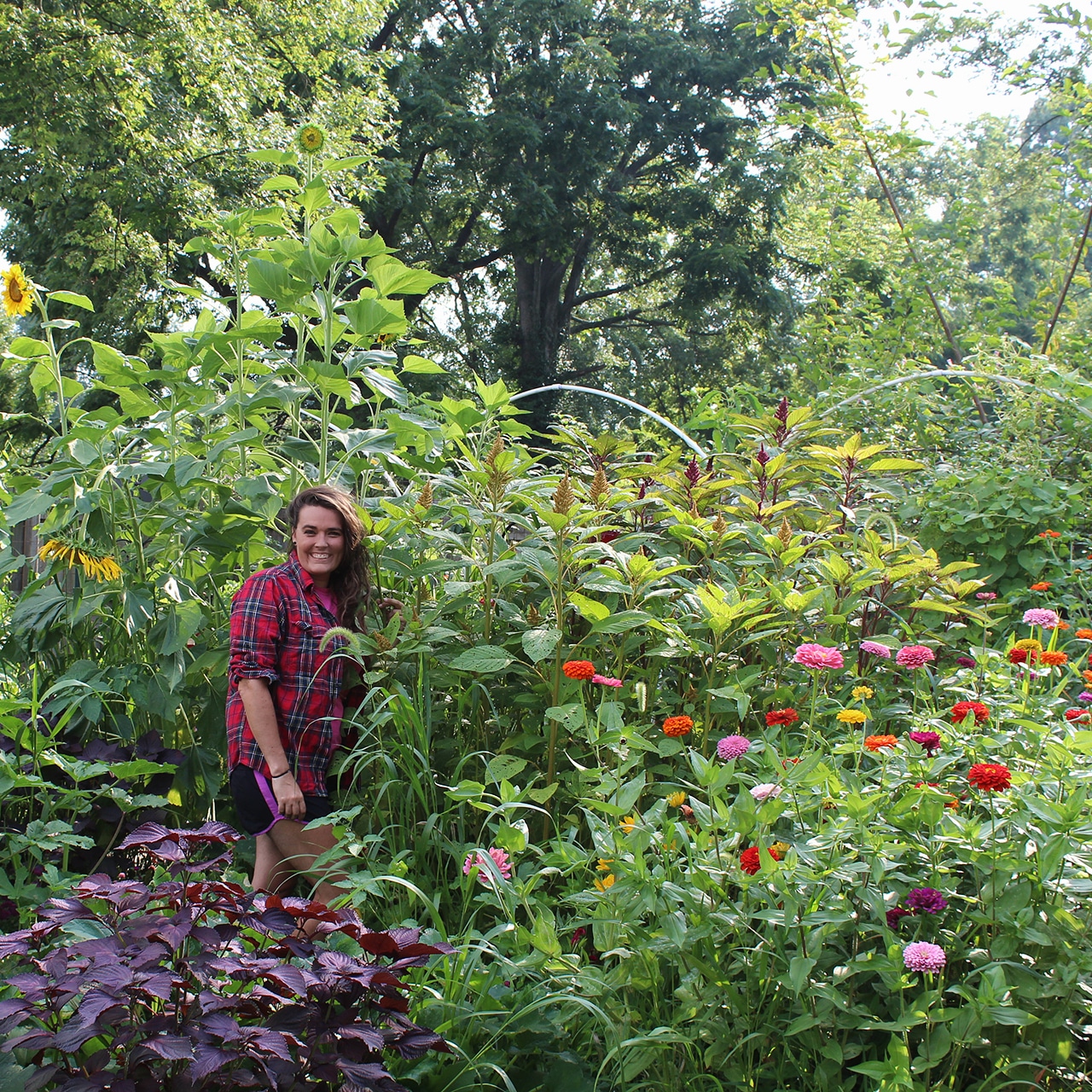
Amy Draiss
A wide range of viburnum are available to home gardeners. Captivated by their beauty, passersby are sure to take notice of the large shrubs, covered each spring in masses of white, clustered flowers. In the landscape, hedge plantings of viburnum varieties can be used to create dynamic visual appeal and enhance privacy. Though not all viburnum are suited to use in this way, many more common species are ideal.
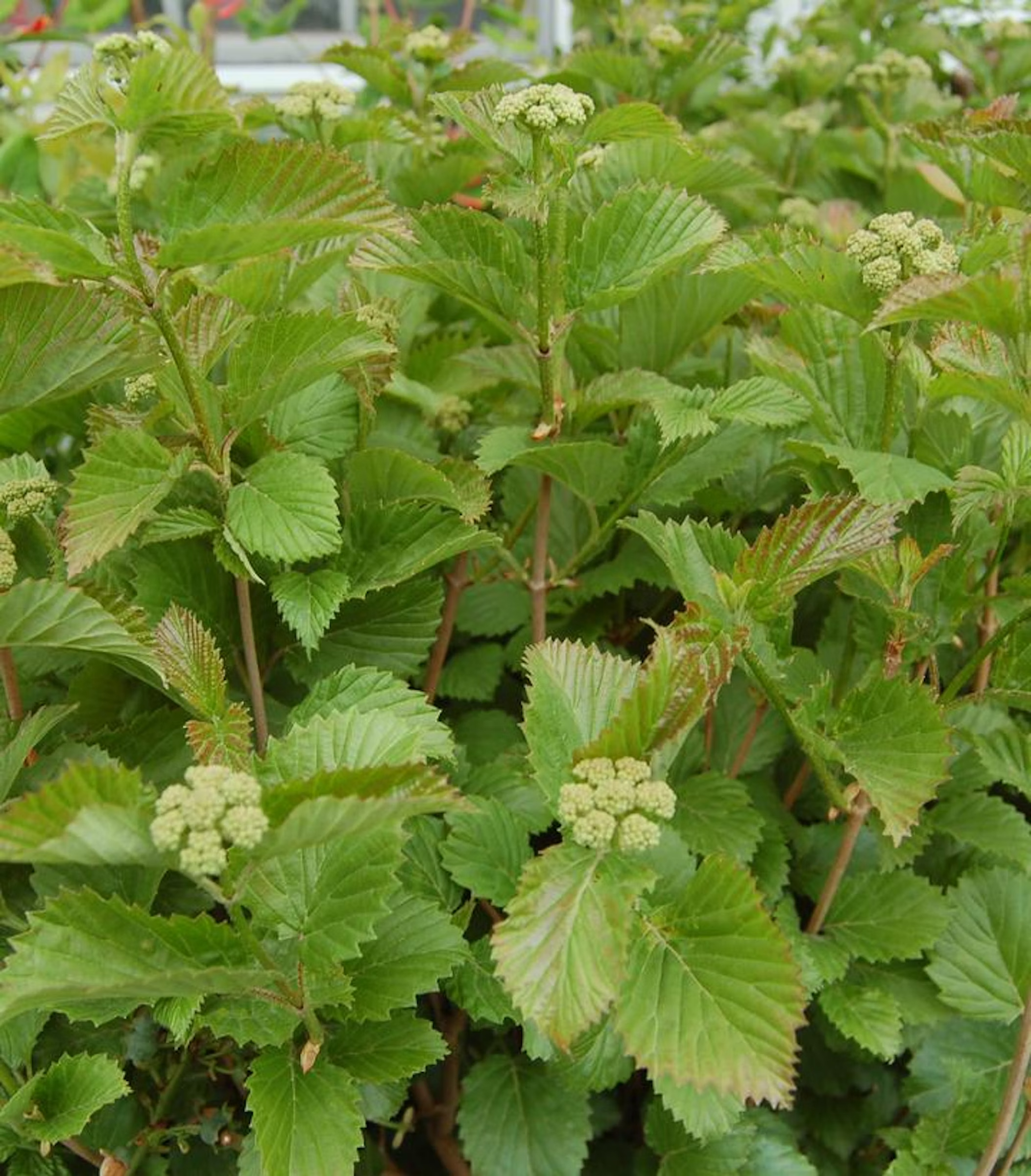
This improved cultivar of Arrowwood is dense with lustrous, dark green leaves, creamy white flowers, and blue fruit. Pollinators will love this native viburnum as much as you!
Which Varieties Are Best For Hedges?
Viburnum are praised for their ornamental nature and caring for viburnum is quite simple. When it comes to the creation of hedges, however, not all species can be treated equally. Overall height at maturity is a key characteristic in which to consider when planning a garden hedge. Viburnum hedge growth rate will vary, with many types able to establish themselves quickly, forming a dense border.
Others, with especially attractive flowers or foliage, may be best suited for use as a focal or statement plant within the landscape. Korean spice viburnum is one such example, producing both beautiful blooms and an alluring fragrance. Below, we’ll take a closer look at some of the most common species of viburnum used to plant hedges, as well as their special characteristics.
Arrowwood Viburnum
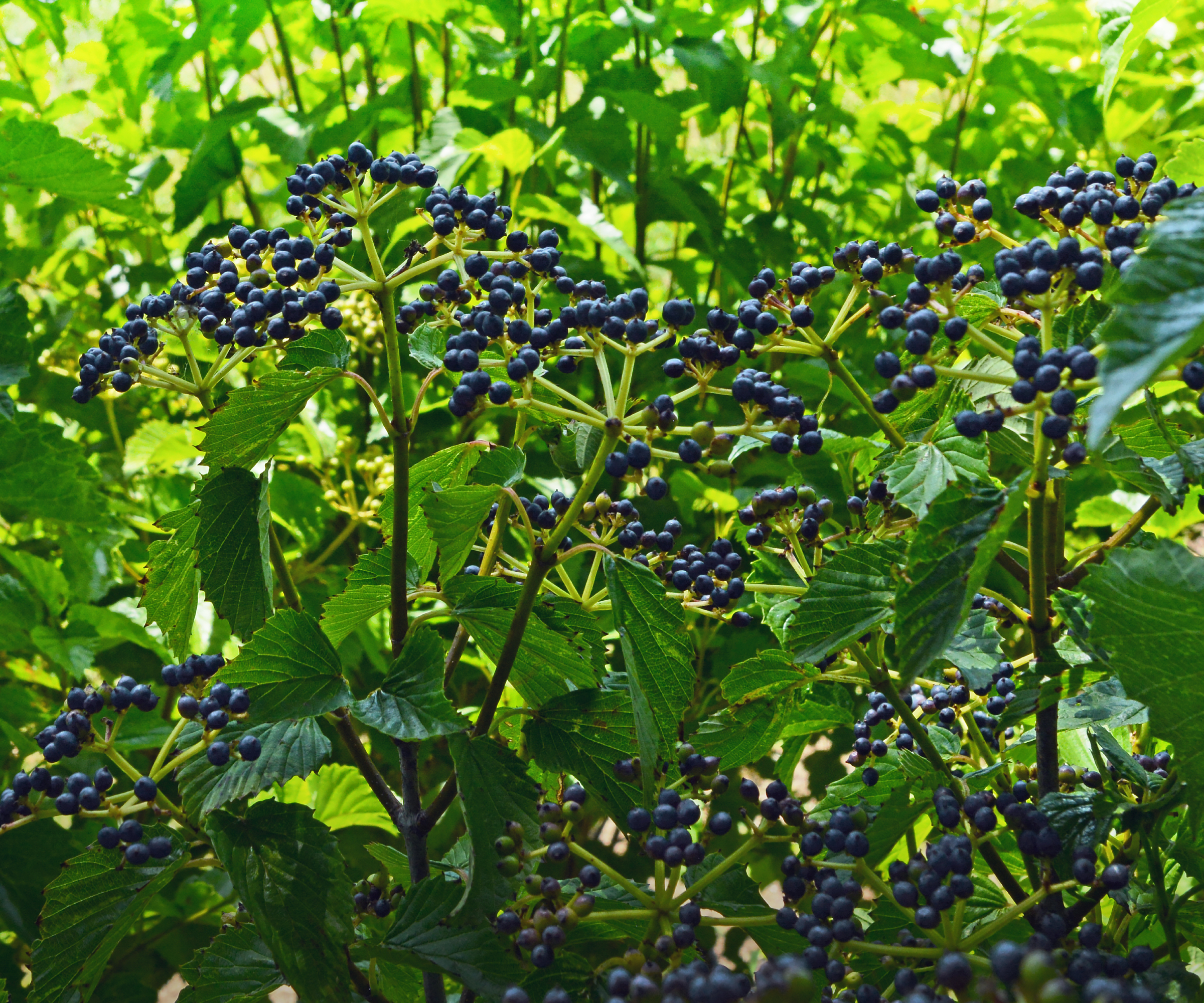
Arrowwood viburnum are one of several species of the plant that is native to the United States. This makes it a good choice for use in more naturalized spaces such as the edge of fields, streams, and even rivers. Plants will thrive in beds that receive part shade, producing large numbers of berries that are suitable for foraging wildlife. The Gardening Know How Shop features a particularly dense and hardy variety of Arrowwood called 'Blue Blaze'.
Cinnamon-leaved Viburnum
An evergreen, cinnamon-leaved viburnum serves growers in the creation of dependable year-round interest. Thick, glossy leaves give hedged plants a lush, full appearance that lends itself to both beauty and privacy. Gardeners can expect the large shrubs to reach approximately 10-20 ft. (3-6 m.) in height at maturity.
Laurustinus Viburnum
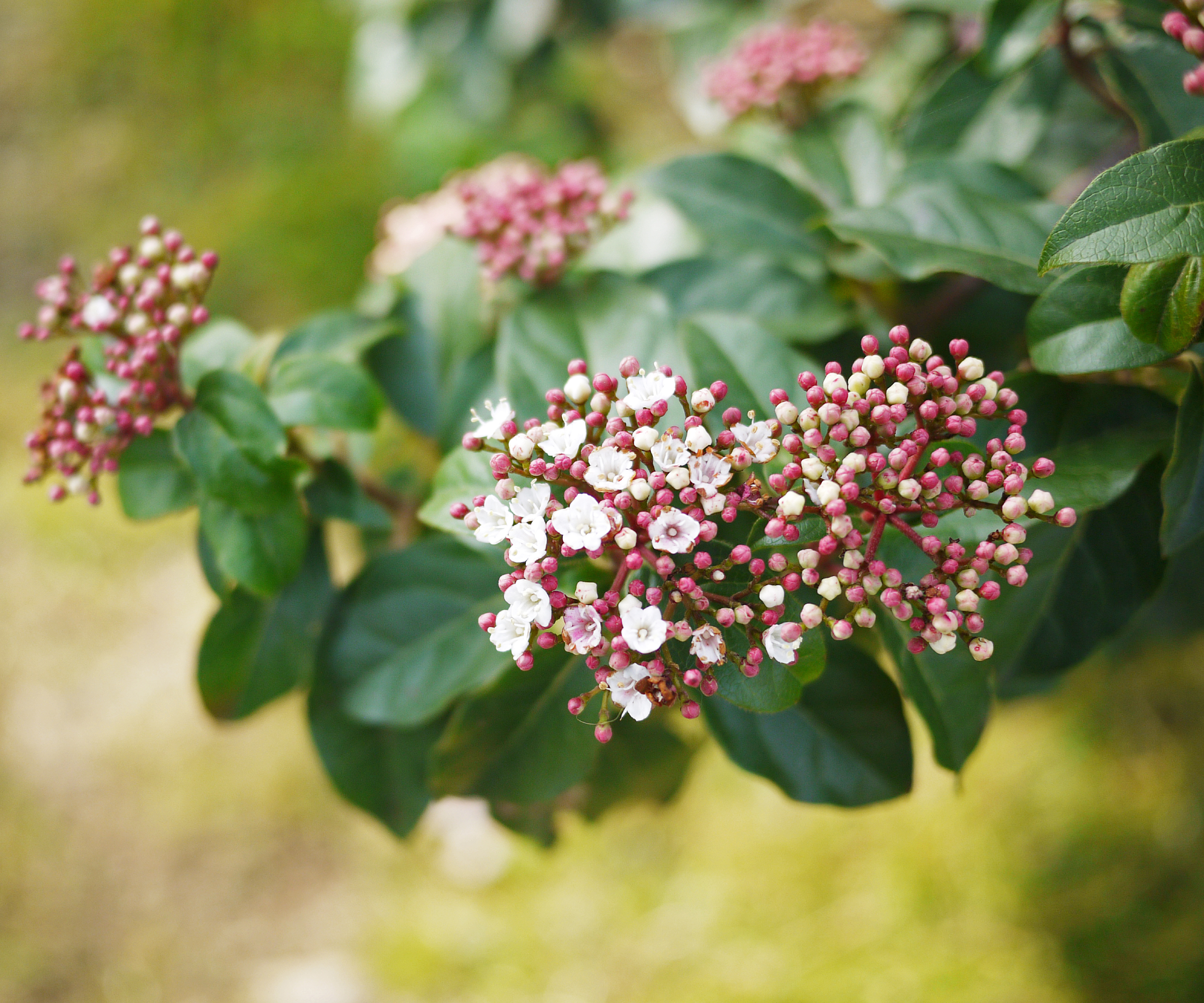
Similar to other species, this viburnum has long been praised for its glossy evergreen foliage. Small, white-pink flowers add further ornamental interest throughout spring and into early summer. Shrubs are especially popular when used near homes or mixed borders, as they remain comparatively small. Viburnum laurustinus hedge spacing can vary depending upon the needs of growers. However, experts often suggest positioning each plant approximately 4 ft. (1.2 m.) apart for the best effect.
Nannyberry Viburnum
Native to much of the eastern United States, nannyberry viburnum is known for its hardiness and ease of growth. Reaching impressive sizes, disease-resistant plants are reported to tolerate poor soil conditions, warm weather, and drought with ease. Nannyberry adds to the landscape through the prolific production of berries and stunning fall foliage.
Gardening tips, videos, info and more delivered right to your inbox!
Sign up for the Gardening Know How newsletter today and receive a free copy of our e-book "How to Grow Delicious Tomatoes".
Snowball Viburnum
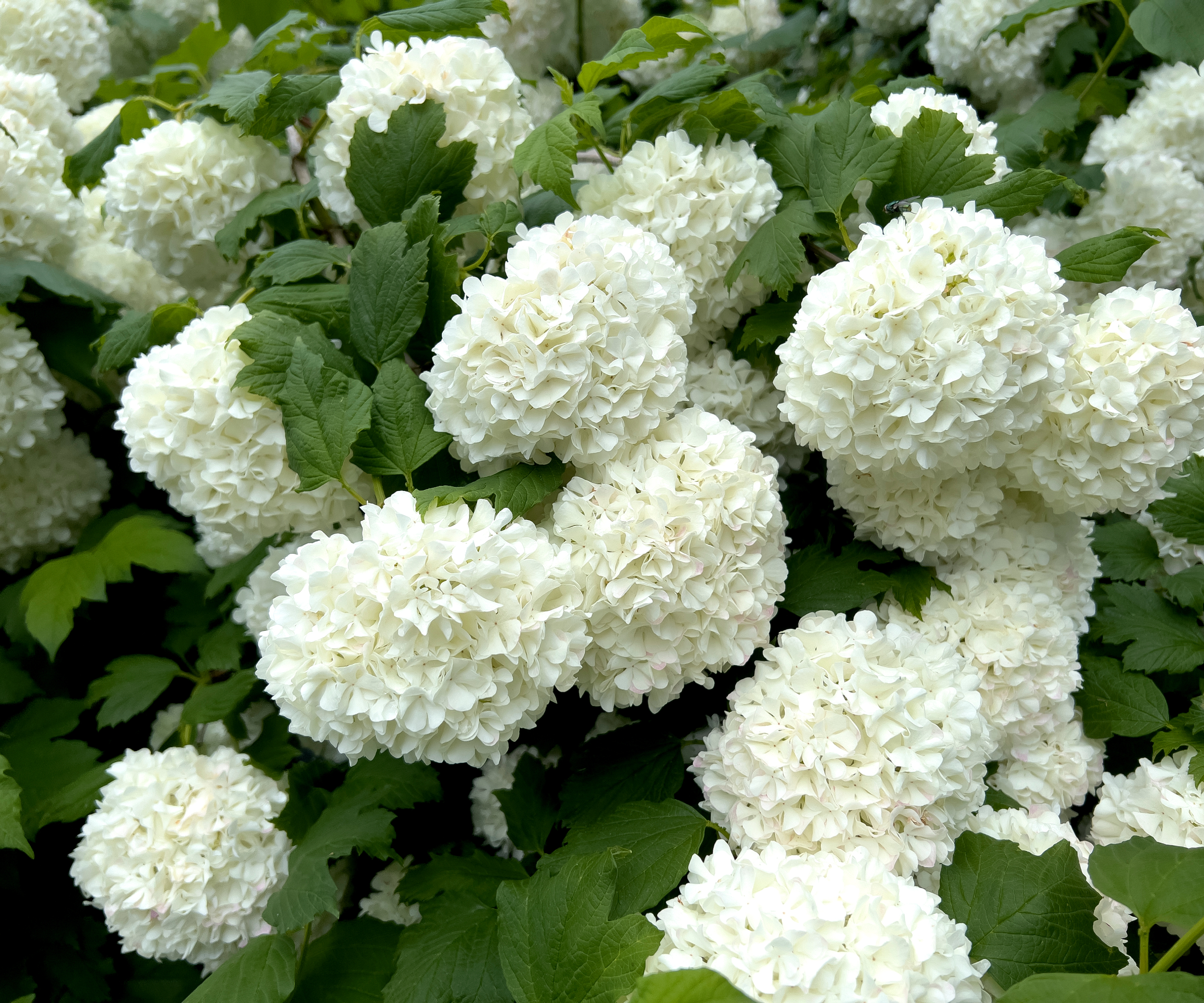
Snowball viburnum plants are among those most commonly found available at garden centers and growing within the landscape. Gardeners can expect large numbers of fragrant white flowers to first appear in spring, making the plant a favorite of early-season pollinators. Their compact size at maturity, reaching approximately 6-10 ft. (1.8-3 m.), makes them ideal for use as a small summer privacy hedge or as a natural fence between neighbors.
Sweet Viburnum
Viburnum odoratissimum grows best in warmer regions, USDA zones 8-10. Sweet viburnum hedge spacing can vary greatly, depending upon the needs of the gardener. Though the plants can be trimmed to maintain the desired size and shape, over-pruning can greatly diminish ornamental value. As well-established specimens can quickly overtake most growing spaces, gardeners should exercise caution when planting near homes and other structures, making certain that the shrubs are kept in-check.
Picking The Right Spot For A Viburnum Hedge
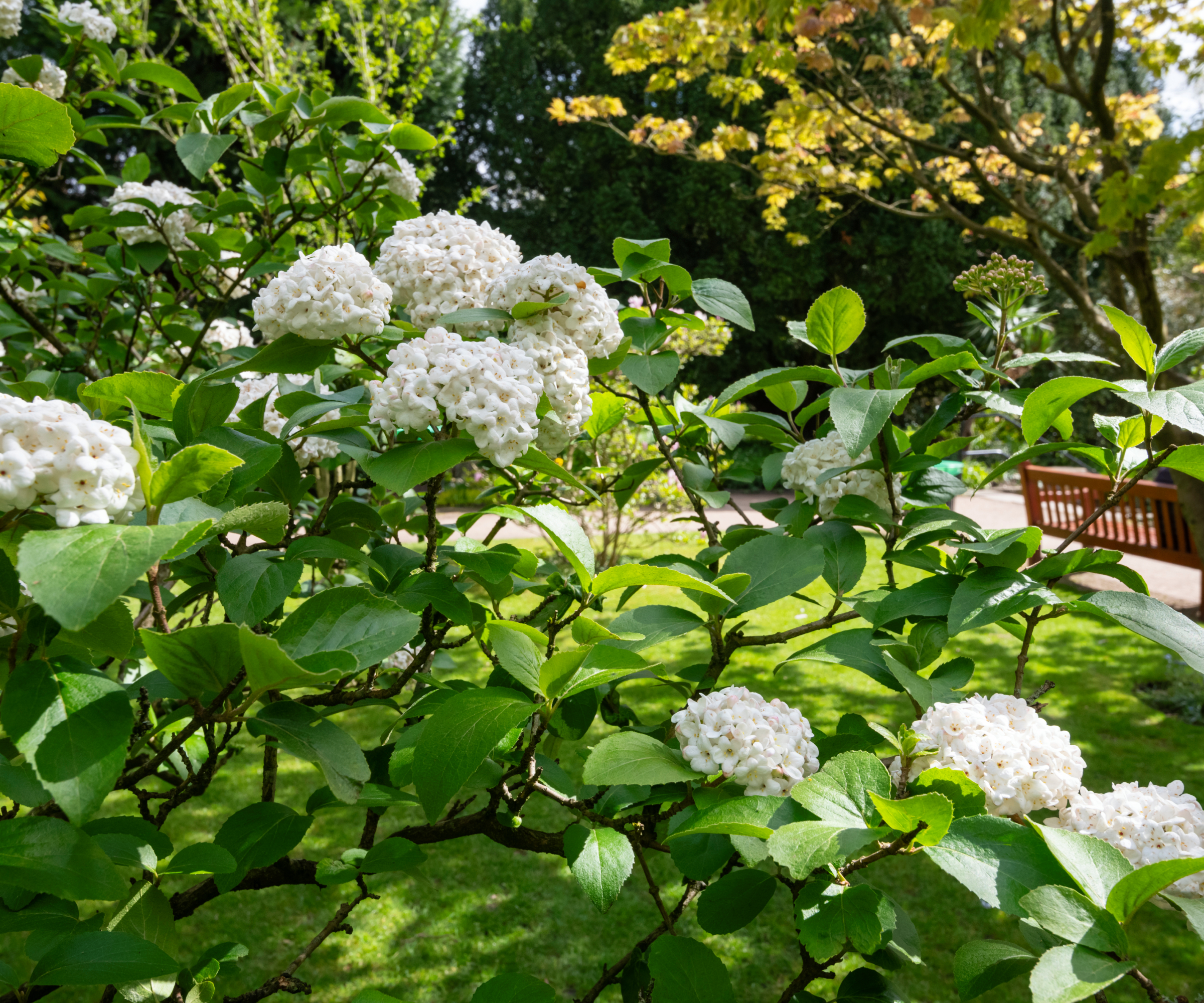
Picking the right viburnum for use as a hedge will depend upon a variety of factors. Foremost, growers will need to carefully consider the conditions within their garden. This means accounting for light, moisture, and fertility levels in relation to the planting site and the desired species’ specific needs. Viburnum hedge height will also play a role, with gardeners selecting those that are most suited to the space and their overall vision.
Determining The Best Spacing
How far apart to plant viburnum will also vary, requiring careful research regarding each plant’s size at maturity. Experienced gardeners often suggest generous spacing between each shrub. This will allow for optimal growth, ample airflow, and may even help to prevent the occurrence and/or spread of disease. Those wishing to create dense, screen-like hedges are most likely to opt for a much closer spacing.
How To Plant Viburnum For Best Hedges
Most types of viburnum that are appropriate for use in hedges can be found at local nurseries. Small transplants are most common and are a good option for growers looking to establish a beautiful landscape within a budget. Before moving plants into their final location, gardeners should ensure that each is adequately spaced, in accordance to its projected size at maturity. New plantings should then be watered well, with soil remaining consistently moist and free of weeds throughout the duration of the first growing season.
Best Care For Healthy Viburnum Hedges
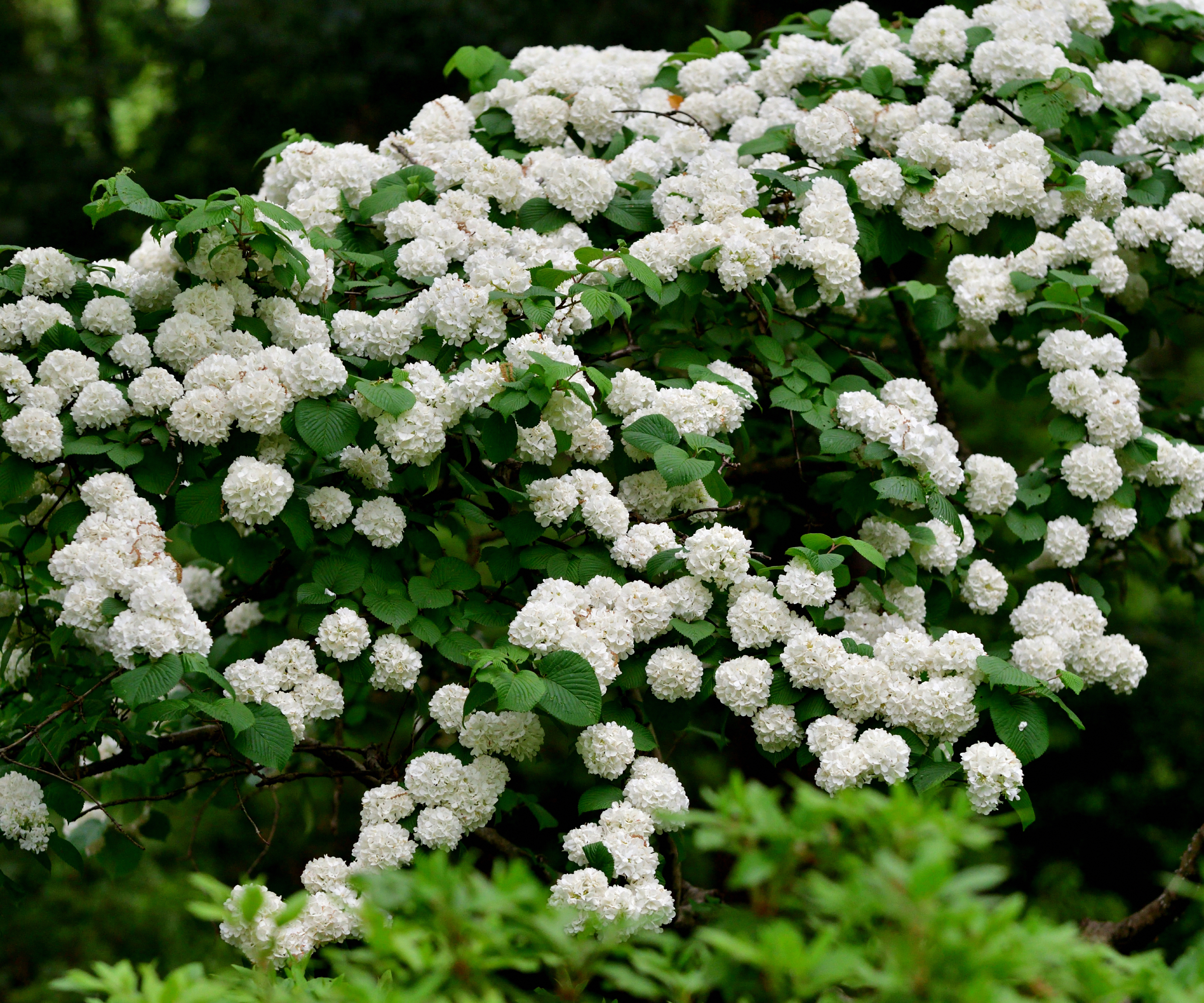
Though viburnums are considered to be quite adaptable, routine care can help to keep plants looking their absolute best. This includes supplemental types of irrigation, when needed, as well as the use of fertilizers. Experienced growers suggest the use of a balanced slow-release feed, applied in spring. Regular feeding can continue throughout summer, with reduced frequency as the weather begins to cool.
Frequently Asked Questions
How Fast does a Viburnum Hedge Grow?
Though new plantings may initially grow slowly, viburnum shrubs are generally considered to be fast-growing plants. Under ideal conditions, gardeners can expect established viburnum to gain approximately 12-24 in. (30-61 cm.) of new growth each season.
What is the Best Viburnum for a Privacy Hedge?
The best species of viburnum for use as a privacy hedge will vary depending upon the garden and the needs of its grower. Landscapers should be “on the look-out” for those that fit the cultural conditions within their growing space and that demonstrate characteristics specific to their own preferences.

Tonya Barnett has been gardening for 13 years. Flowers are her passion. She has transformed her backyard into a cut flower garden, which she regularly chronicles on her YouTube channel http://www.youtube.com/@tonyawiththeflowers.
- Amy DraissDigital Community Manager
-
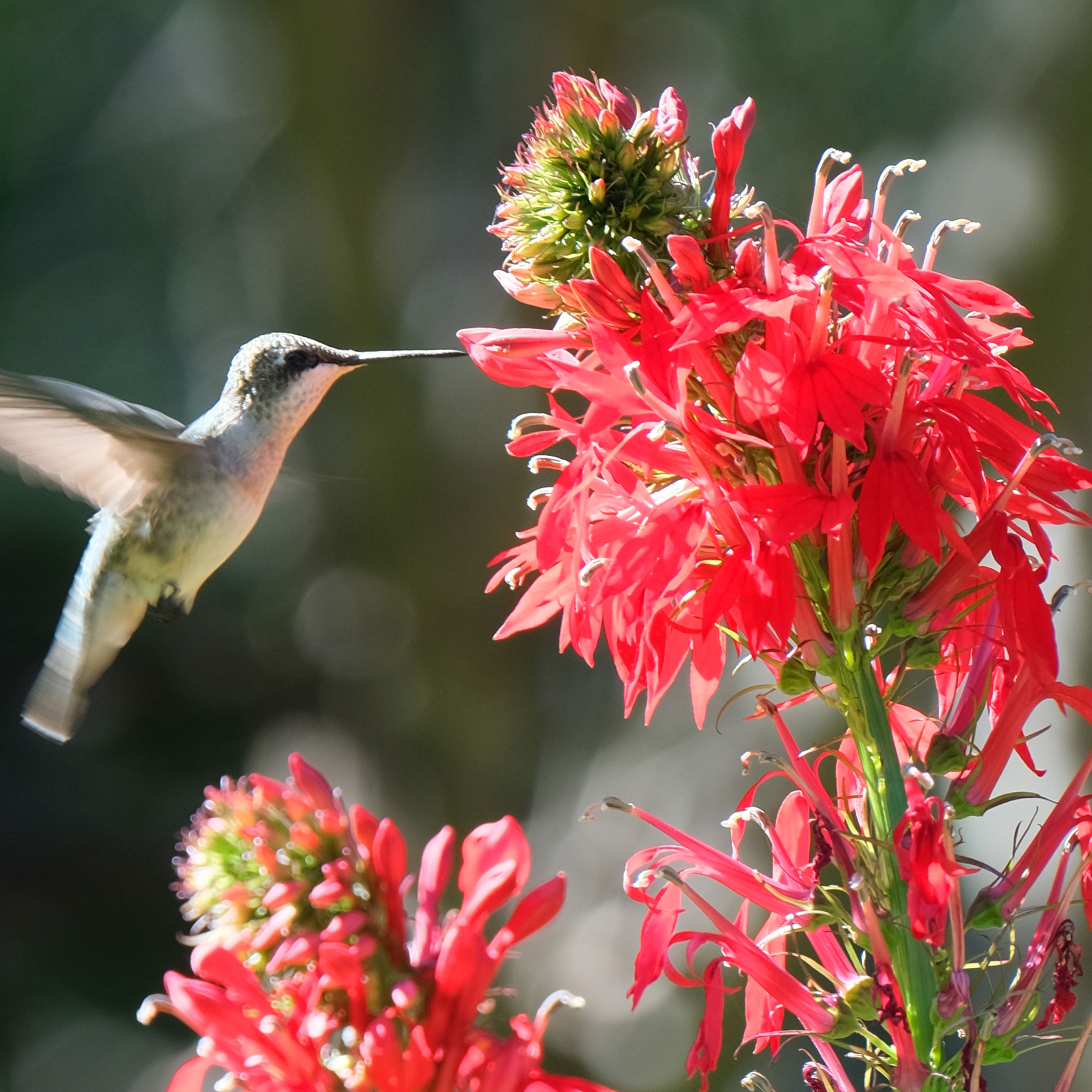 Get Ready For A Summer Of Hummers! Grow These Full Sun Hummingbird Plants and Flowers
Get Ready For A Summer Of Hummers! Grow These Full Sun Hummingbird Plants and FlowersIf you’re lucky enough to enjoy a sunny backyard, make sure you are maxing out on your pollinator opportunities and grow these full sun hummingbird plants and flowers
By Tonya Barnett
-
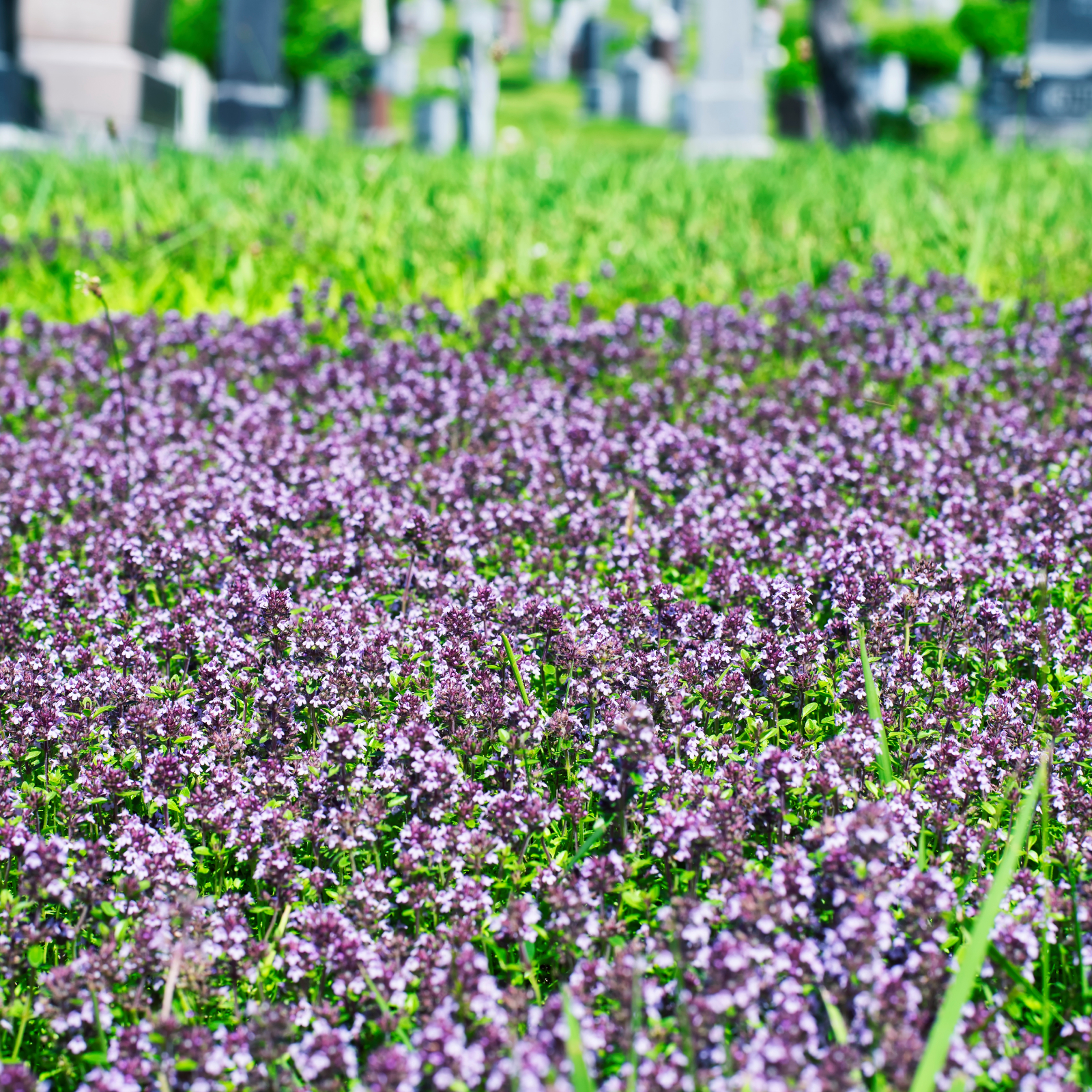 12 Lush Alternatives To A Lawn For Sustainable Spaces
12 Lush Alternatives To A Lawn For Sustainable SpacesAlternatives to a lawn are beautiful and also beneficial to your local ecosystem and its pollinators. Explore our top picks for plants to replace grass.
By Tonya Barnett
-
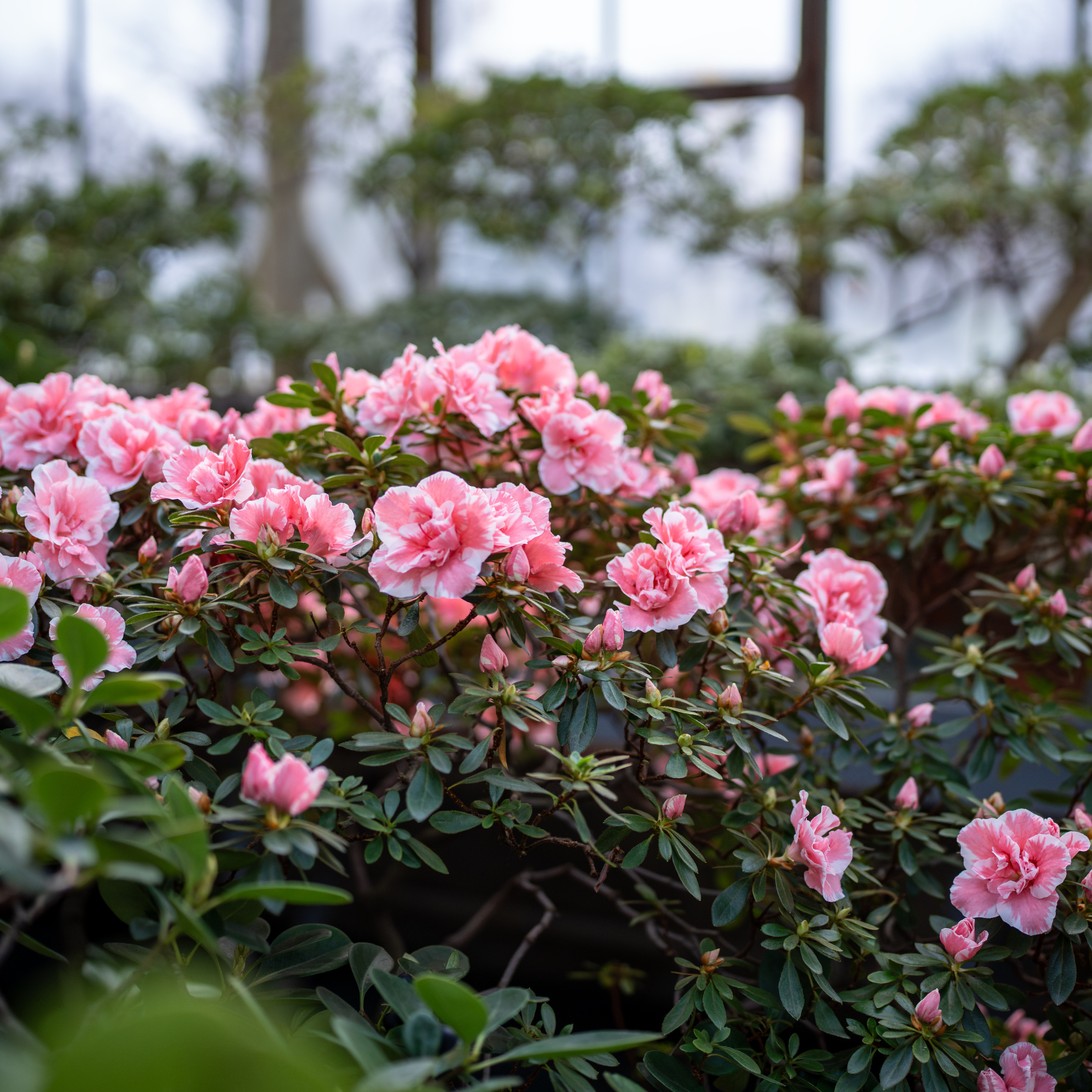 What Is The Size Of An Azalea? Explore Different Varieties That Will Suit Every Garden
What Is The Size Of An Azalea? Explore Different Varieties That Will Suit Every GardenThe size of azaleas can vary widely because they have been selectively bred for different landscape needs. Check out our picks for each size category.
By Mary Ellen Ellis
-
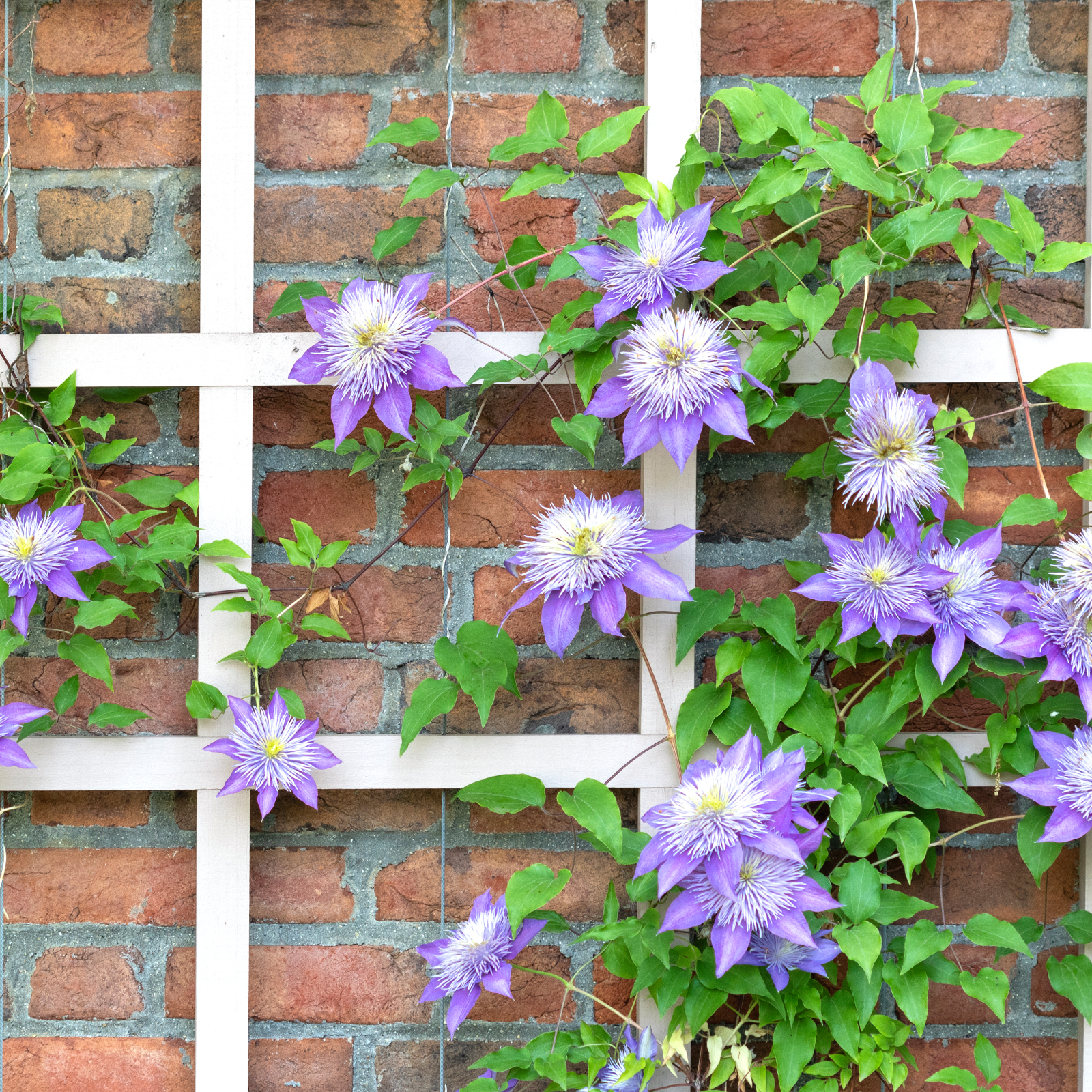 5 Fabulous Fast-Growing Vines – That Will Quickly Climb Any Arbor, Trellis, Or Fence
5 Fabulous Fast-Growing Vines – That Will Quickly Climb Any Arbor, Trellis, Or FenceThese fast growing vines are perfect for covering any eyesores in your yard or creating a living fence. They will provide great visual interest, as well.
By Amy Grant
-
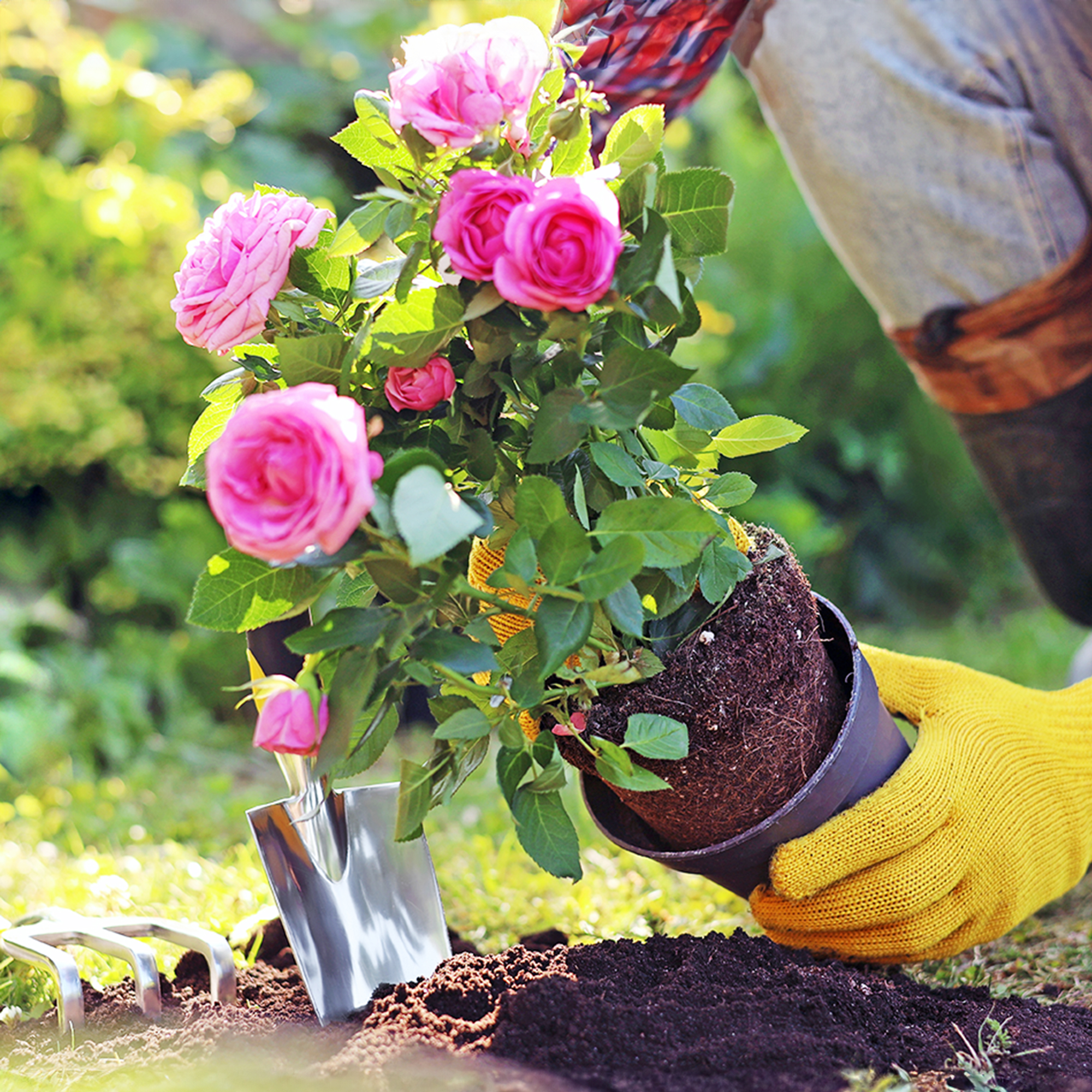 When To Plant Roses: The Best Time For Your Climate And Rose Type
When To Plant Roses: The Best Time For Your Climate And Rose TypePlant your roses at the right time and you will be rewarded with decades of glorious summer flowers – but get it wrong and you'll be crying over dead shrubs.
By Teo Spengler
-
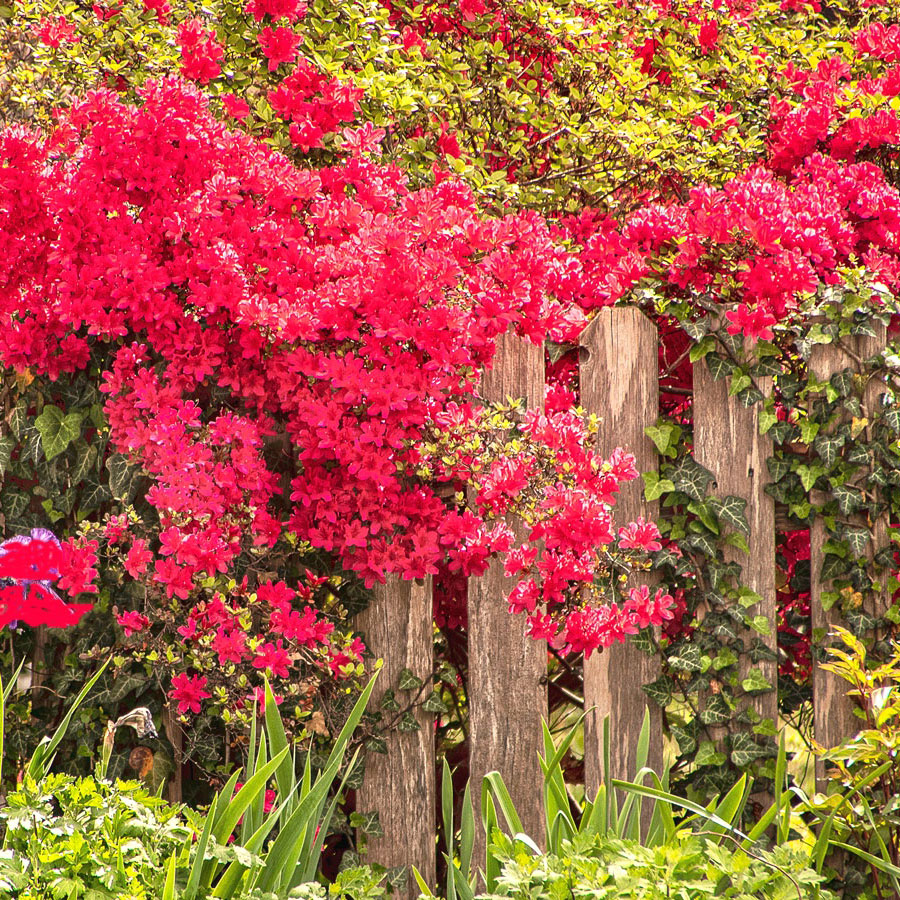 Spectacular Early Blooming Shrubs: 6 Sparkling Spring Flowering Bushes
Spectacular Early Blooming Shrubs: 6 Sparkling Spring Flowering BushesWant to kickstart your gardening year with dazzling spring flowering bushes for beds and borders? These unique early bloomers are sure to help you rise and shine!
By Teo Spengler
-
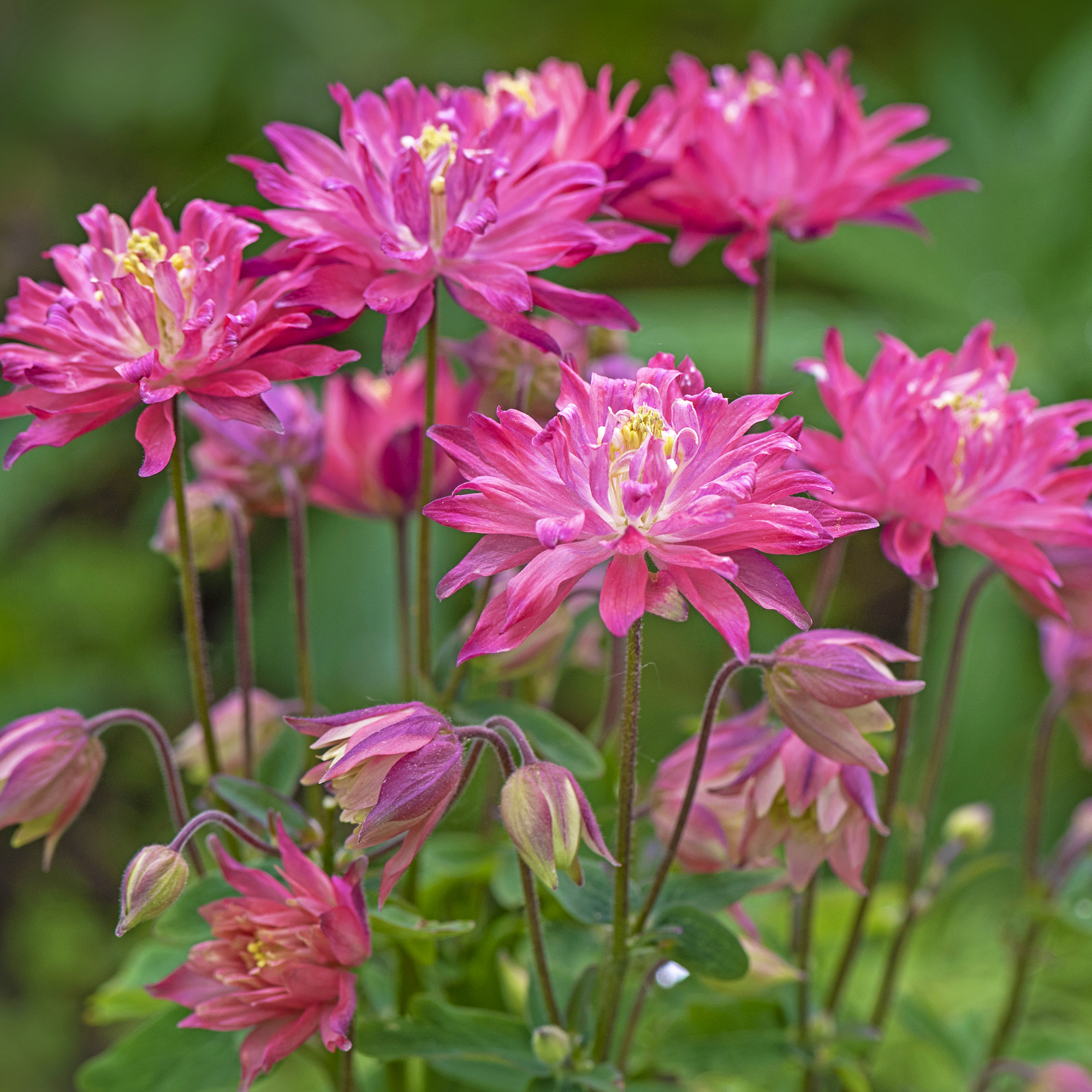 7 Shade-Loving Flowers To Start From Seed Now For A Stunning Summer Garden
7 Shade-Loving Flowers To Start From Seed Now For A Stunning Summer GardenTurn shady spots into vibrant new garden spaces with lovely and illuminating shade-loving flowers.
By Ellen Wells
-
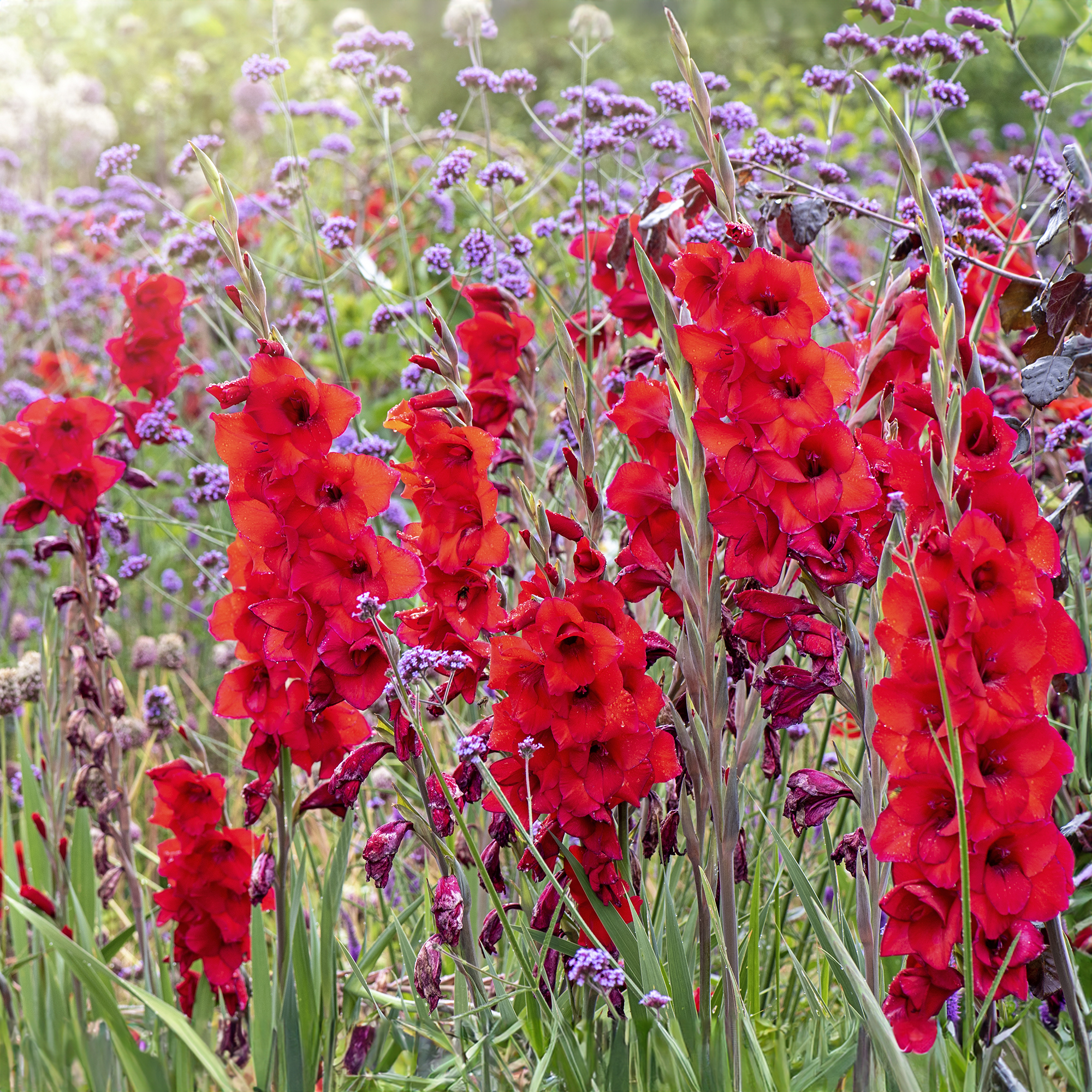 7 Summer-Blooming Bulbs To Plant In Early Spring: Don't Miss Months Of Glorious Flowers!
7 Summer-Blooming Bulbs To Plant In Early Spring: Don't Miss Months Of Glorious Flowers!Get a head start on stunning summer blooms with these easy-to-plant bulbs – act early and you will enjoy vibrant flowers that last for months on end.
By Mary Ellen Ellis
-
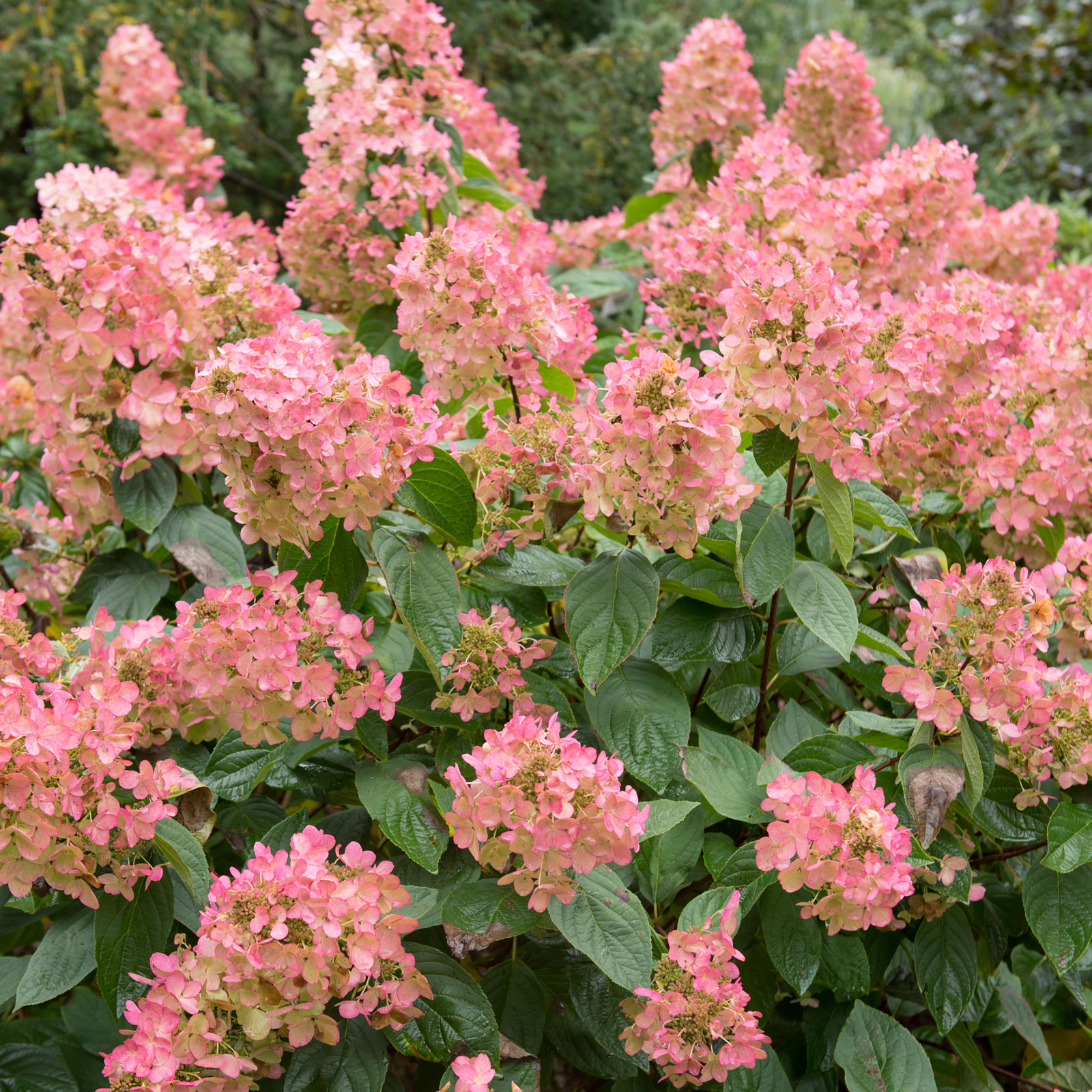 Quick Fire Hydrangea – The Elegant, Easy-Care Shrub Every Gardener Needs In Their Landscape
Quick Fire Hydrangea – The Elegant, Easy-Care Shrub Every Gardener Needs In Their LandscapeIf you’re after an early flowering panicle hydrangea that offers plenty of floral variety, the Quick Fire hydrangea goes big on visual dynamics from early summer to fall
By Tonya Barnett
-
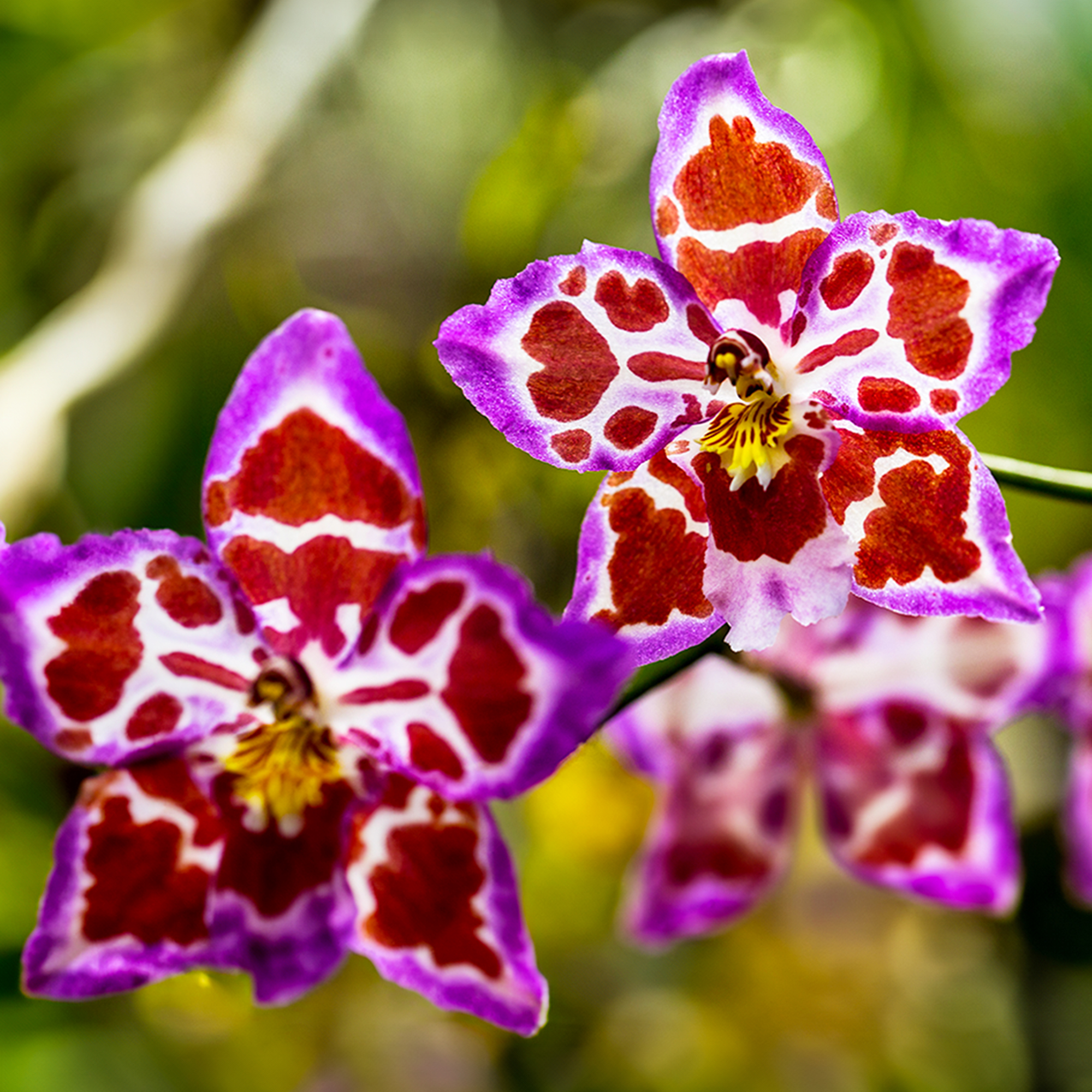 8 Rare Orchids That Make Stunning Houseplants – Some Are Surprisingly Easy To Grow
8 Rare Orchids That Make Stunning Houseplants – Some Are Surprisingly Easy To GrowDiscover unique orchids that will add exotic beauty to your home. Some make easygoing houseplants, while others offer a challenge for more seasoned growers.
By Melanie Griffiths